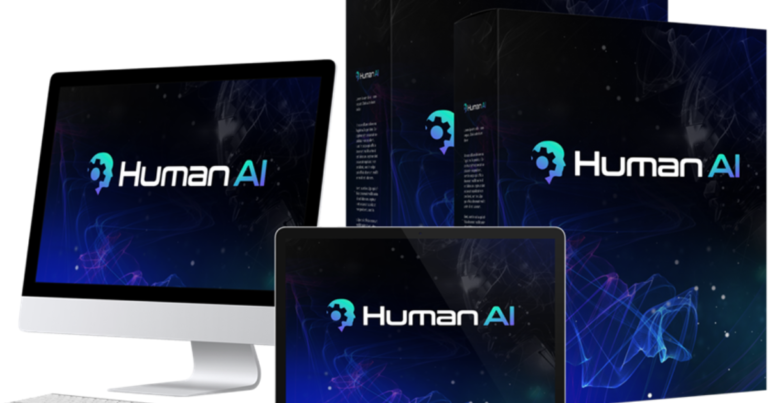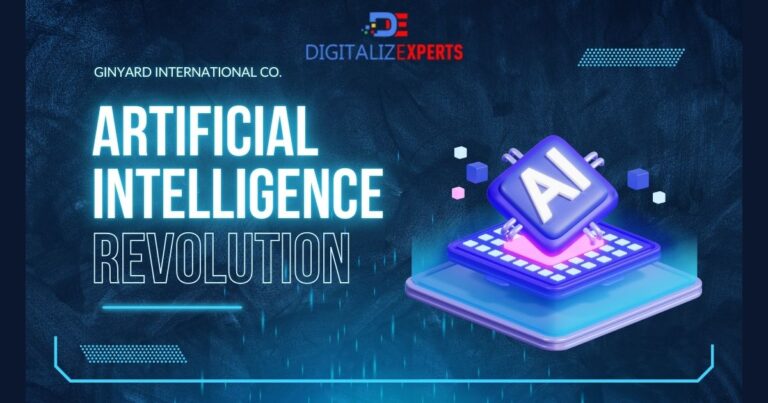In recent years, artificial intelligence (AI) has revolutionized various industries, and content creation is no exception. As the digital landscape evolves, so does the challenge of distinguishing between human-generated content and that created by AI. This article will delve into the intricacies of AI content detection, its importance, the technology behind it, and the ethical considerations surrounding its use.
Table of Contents
What is AI Content Detection?
The Importance of AI Content Detection
How AI Content Detection Works
3.1. Natural Language Processing (NLP)
3.2. Machine Learning Algorithms
Applications of AI Content Detection
Challenges in AI Content Detection
Ethical Considerations
Future of AI Content Detection
Conclusion
1. What is AI Content Detection?
AI content detection refers to the methods and technologies used to identify whether a piece of content—such as text, images, or videos—was generated by an AI model or a human. This involves analyzing various characteristics of the content, such as language patterns, structure, and metadata.
The rise of AI-generated content, particularly in text through models like OpenAI’s GPT-3 and others, has prompted the need for effective detection mechanisms. As AI tools become more sophisticated, they can produce content that closely mimics human writing styles, making detection increasingly challenging.
2. The Importance of AI Content Detection
2.1. Maintaining Authenticity
In an era where misinformation can spread rapidly, distinguishing between human and AI-generated content is crucial for maintaining authenticity. Users rely on credible sources for accurate information, and the ability to detect AI-generated content helps preserve trust in digital communications.
2.2. Combating Misinformation
AI-generated fake news and misleading articles pose significant threats to public opinion and democratic processes. Detection tools can help flag such content, enabling platforms to take action against misinformation and protect users.
2.3. Academic Integrity
In educational settings, AI content generation tools can facilitate academic dishonesty, such as plagiarism. By using AI detection tools, institutions can uphold standards of academic integrity and ensure that students submit original work.
3. How AI Content Detection Works
AI content detection relies on a combination of techniques from natural language processing (NLP) and machine learning. Below, we explore these technologies in detail.
3.1. Natural Language Processing (NLP)
NLP is a subset of AI focused on the interaction between computers and human language. It enables machines to understand, interpret, and generate human language in a meaningful way. In the context of content detection, NLP techniques can analyze the syntax, semantics, and context of the text to determine its origin.
Text Analysis: NLP algorithms can evaluate the structure and patterns within the text. For instance, AI-generated content may have consistent phrasing or a lack of nuanced emotional expression compared to human writing.
Sentiment Analysis: By assessing the emotional tone of the text, NLP can help identify AI-generated content that may lack depth or genuine sentiment.
3.2. Machine Learning Algorithms
Machine learning plays a pivotal role in training models to differentiate between AI and human-generated content. By feeding algorithms large datasets containing both types of content, they can learn the distinctive features of each.
Supervised Learning: This approach involves training the model on labeled datasets, where human and AI-generated texts are clearly marked. The model learns to classify content based on these examples.
Unsupervised Learning: In situations where labeled data is scarce, unsupervised learning can help identify patterns without predefined labels, enabling the detection of AI-generated content based on commonalities within the data.
Neural Networks: Deep learning techniques, especially recurrent neural networks (RNNs) and transformers, have proven effective in understanding complex language patterns and nuances. These models can recognize subtle differences that may indicate whether content is human-generated or not.
4. Applications of AI Content Detection
AI content detection has numerous applications across various sectors, enhancing digital communication’s safety and integrity.
4.1. Social Media Monitoring
Platforms like Facebook, Twitter, and Instagram use AI detection tools to identify and flag misleading content, deepfakes, or spam. These tools help maintain a healthy online environment and protect users from harmful misinformation.
4.2. Content Moderation
Websites that host user-generated content, such as forums and blogs, utilize AI detection to filter out inappropriate or harmful material. This ensures a safer and more constructive online space.
4.3. News Verification
Journalism organizations employ AI detection tools to verify the authenticity of news articles and reports. By identifying AI-generated content, journalists can maintain credibility and uphold journalistic standards.
4.4. Education
Educational institutions use AI content detection to check for plagiarism in student submissions. This promotes originality and discourages academic dishonesty.
4.5. Marketing and Advertising
In marketing, AI detection helps brands ensure the authenticity of user-generated content and verify that reviews and testimonials are genuine.
5. Challenges in AI Content Detection
While AI content detection technologies are advancing rapidly, several challenges remain.
5.1. Evolving AI Models
As AI content generation models become more sophisticated, they continuously improve at mimicking human writing. Detection tools must keep pace with these advancements, requiring ongoing training and updates to remain effective.
5.2. False Positives and Negatives
AI detection systems can sometimes misidentify human content as AI-generated or vice versa, leading to false positives or negatives. This can create unnecessary complications, especially in academic or professional settings.
5.3. Contextual Understanding
AI content detection often struggles with understanding the context in which content is created. Human language is nuanced, and subtle variations can significantly affect meaning. Detection tools may find it challenging to capture these nuances.
6. Ethical Considerations
The deployment of AI content detection raises several ethical concerns that must be addressed.
6.1. Privacy Issues
AI detection systems often require access to vast amounts of data to function effectively. This can lead to privacy concerns, particularly if sensitive information is involved. Striking a balance between effective detection and respecting user privacy is crucial.
6.2. Potential for Misuse
Like any technology, AI content detection can be misused. For example, it could be employed to suppress legitimate speech or manipulate public opinion. Clear guidelines and ethical standards are essential to prevent such misuse.
6.3. Accountability
Determining accountability in cases where AI detection tools misidentify content poses a challenge. Establishing who is responsible for the consequences of false detections is vital for maintaining trust in these systems.
7. Future of AI Content Detection
As AI technology evolves, so too will content detection methods. The future holds several promising trends:
7.1. Improved Algorithms
Advancements in machine learning and NLP will lead to more accurate detection algorithms. Enhanced contextual understanding and sentiment analysis will help distinguish AI from human-generated content more effectively.
7.2. Hybrid Approaches
Combining various detection techniques, such as machine learning with human oversight, could yield better results. Human reviewers can provide contextual insights that AI tools may miss.
7.3. Regulatory Frameworks
As the need for AI content detection grows, so does the call for regulatory frameworks to guide its ethical use. Establishing clear guidelines will help ensure that detection tools are used responsibly and effectively.
7.4. User Empowerment
Future advancements may empower users to have more control over the content they encounter. Tools that allow individuals to verify the authenticity of content could enhance user agency and trust.
8. Conclusion
AI content detection is an increasingly important field in our digital landscape. As AI-generated content becomes more prevalent, the ability to distinguish between human and machine-generated content will play a critical role in maintaining trust, authenticity, and integrity across various platforms.
While challenges remain, ongoing advancements in technology and the establishment of ethical guidelines will pave the way for more effective and responsible use of AI content detection. As we navigate this evolving landscape, collaboration between technologists, ethicists, and society at large will be crucial in shaping a future where AI serves to enhance, rather than undermine, our digital experiences.






